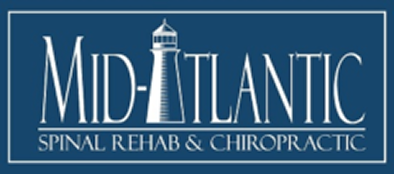Welcome To Our BLOG.
Maximum Medical Improvement Following Baltimore Car Accidents
Maximum Medical Improvement Following Baltimore Car Accidents As a Chiropractor that has been treating injured…
Read MoreHow To Be A Good Patient Following A Baltimore Car Accident
How To Be A Good Patient Following A Baltimore Car Accident As a Baltimore Chiropractor…
Read MoreVehicle Override/Underride During Baltimore Auto Accidents
Vehicle Override/Underride During Baltimore Auto Accidents The theme of the majority of my blog posts…
Read MoreHow Do I Pay for My Medical and Chiropractic Care Following a Baltimore Auto Accident?
How Do I Pay for My Medical and Chiropractic Care Following a Baltimore Auto Accident?…
Read MoreBaltimore Auto Accidents Due to Distracted Driving
Baltimore Auto Accidents Due to Distracted Driving As a Baltimore Chiropractor that spends the vast…
Read MoreBeliefs Influence Outcomes in Baltimore Whiplash Treatment
Beliefs Influence Outcomes in Baltimore Whiplash Treatment As a Baltimore Chiropractor that spends the majority…
Read MoreChiropractic Care Offers Faster Back Pain Recovery Than Medical Care
Chiropractic Care Offers Faster Back Pain Recovery Than Medical Care As a Baltimore Chiropractor that…
Read MoreWhat Position is the Best for Sleeping?
What Position is the Best for Sleeping? As a Baltimore Chiropractor that spends much of…
Read MoreWhat Is My Baltimore Car Accident Case Worth?
What Is My Baltimore Car Accident Case Worth? As I've mentioned in many past blog…
Read MoreLength of Treatment Following a Baltimore Car Accident
Length of Treatment Following a Baltimore Car Accident As a Baltimore Chiropractor that spends a…
Read MoreTop 5 Chiropractic Myths
Top 5 Chiropractic Myths As a Baltimore Chiropractor that has spent my entire professional life…
Read MoreTop 5 Whiplash Myths
Top 5 Whiplash Myths As a Baltimore chiropractor that spends the majority of my time…
Read More